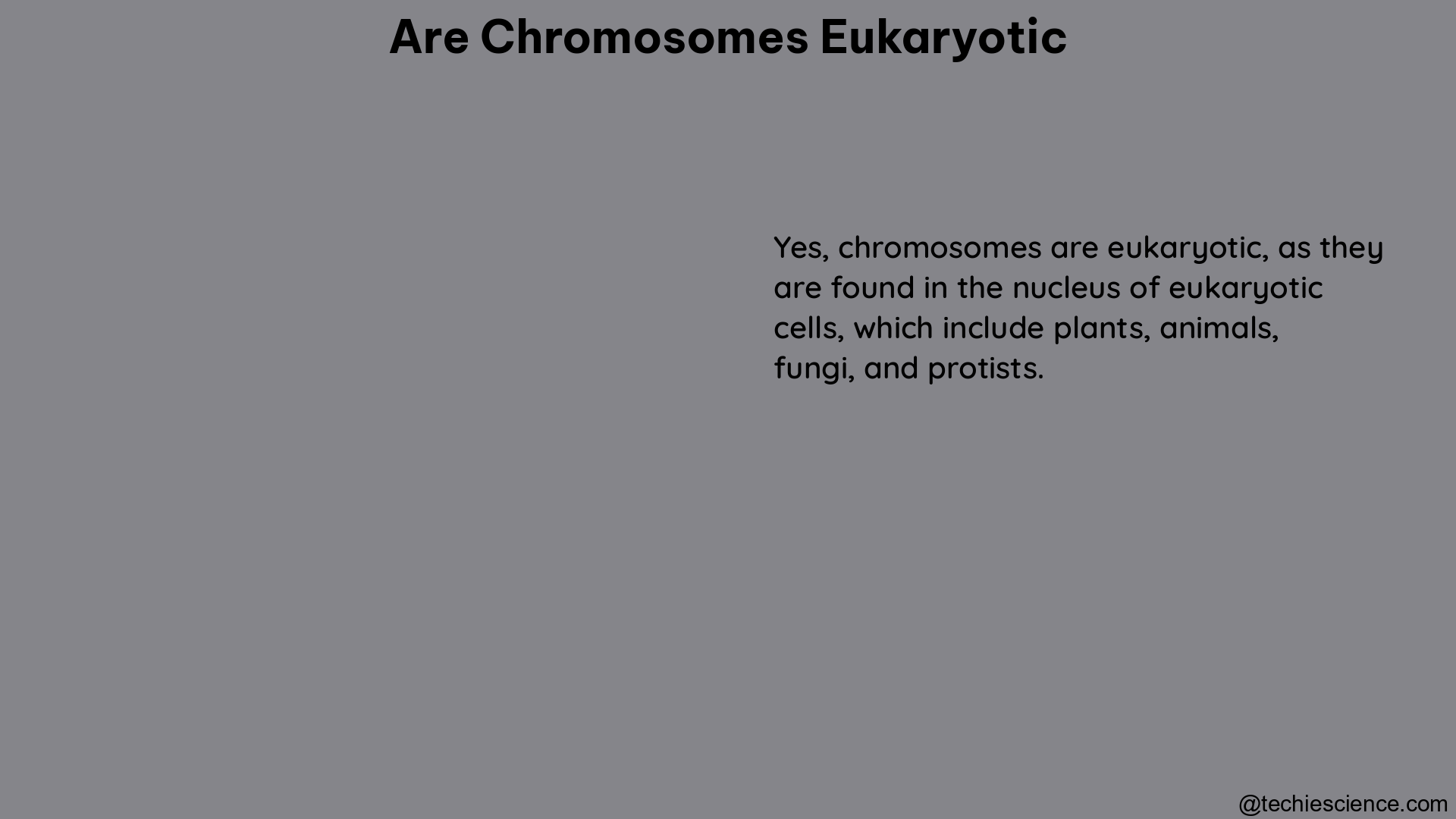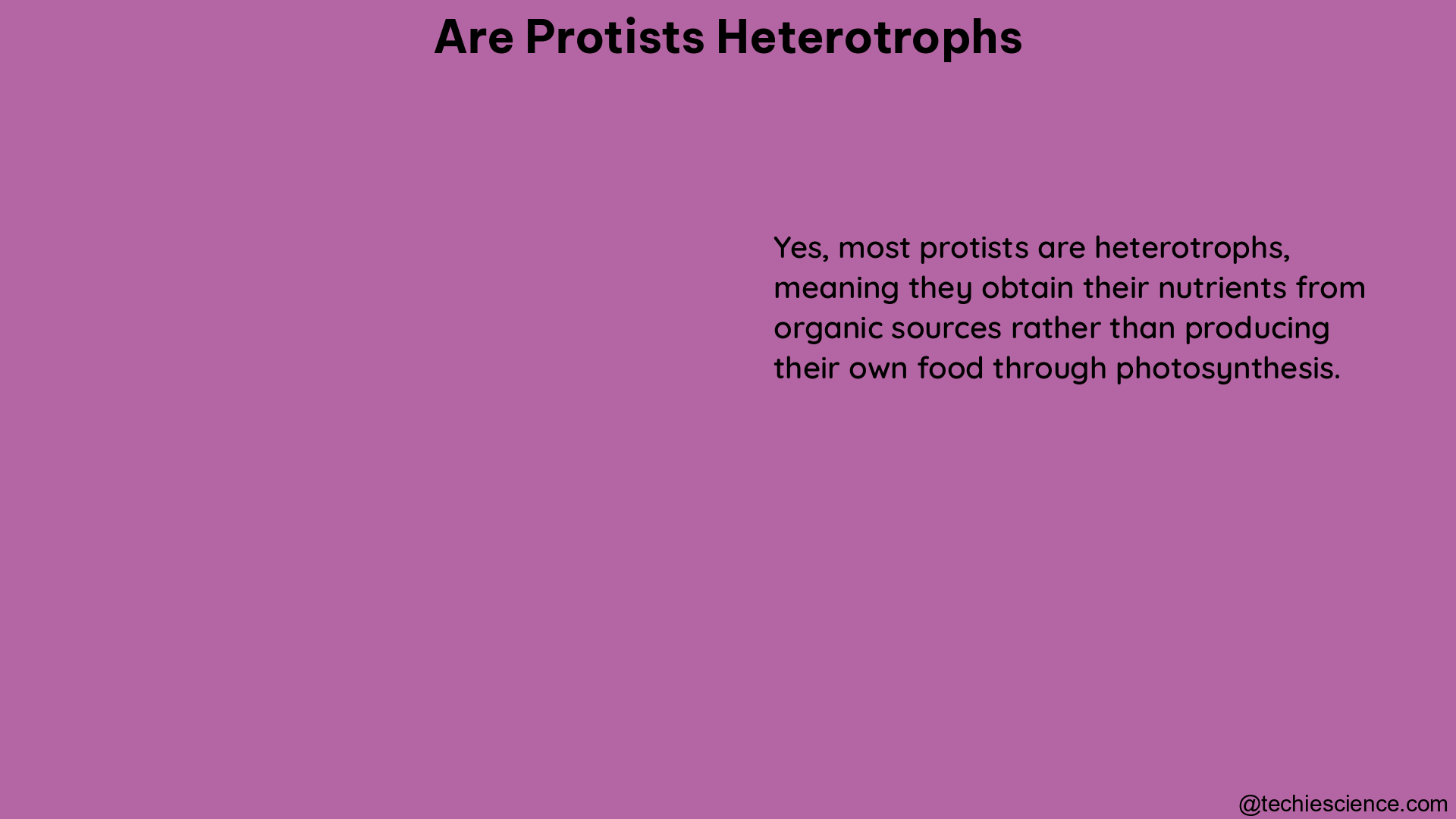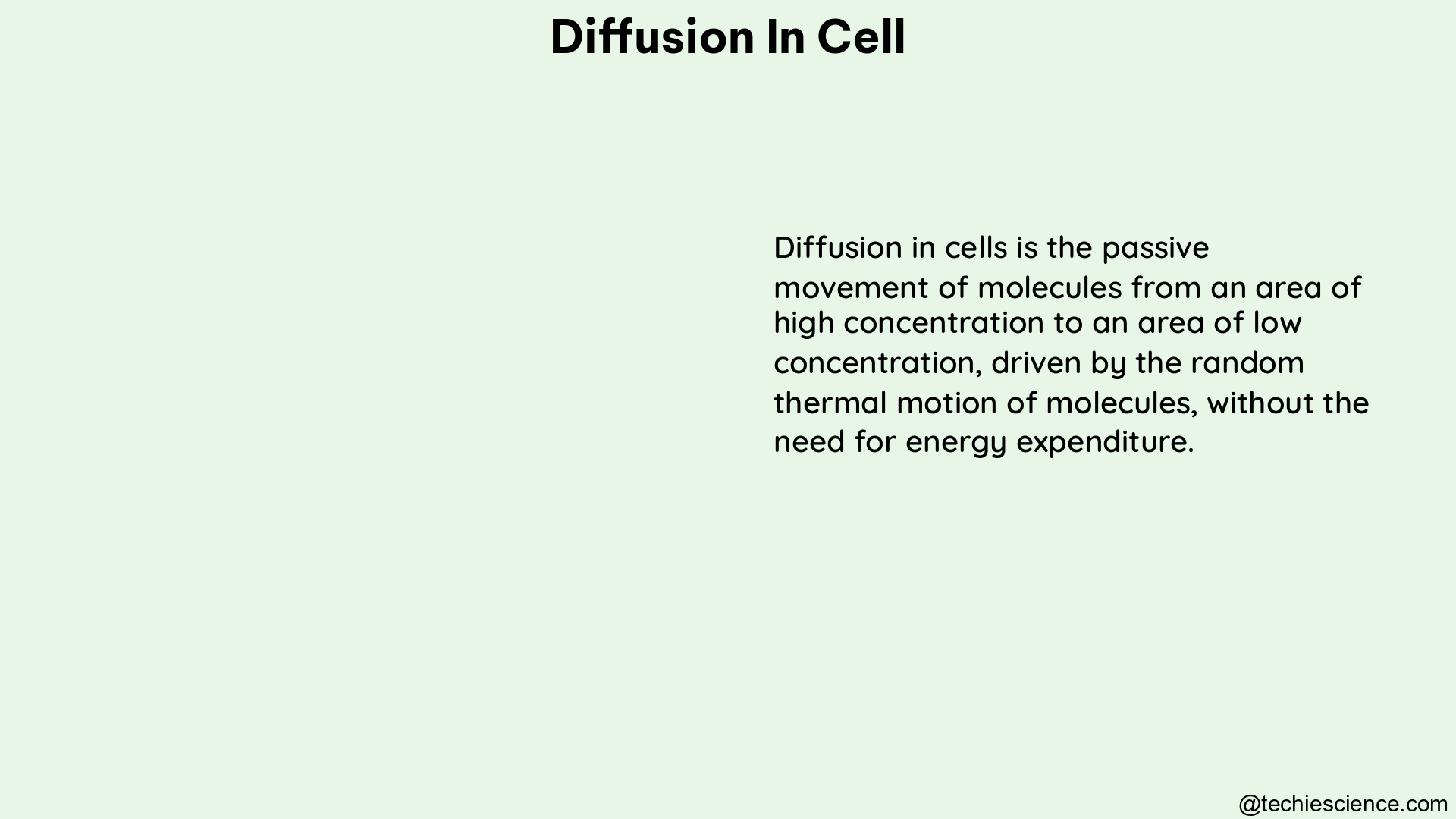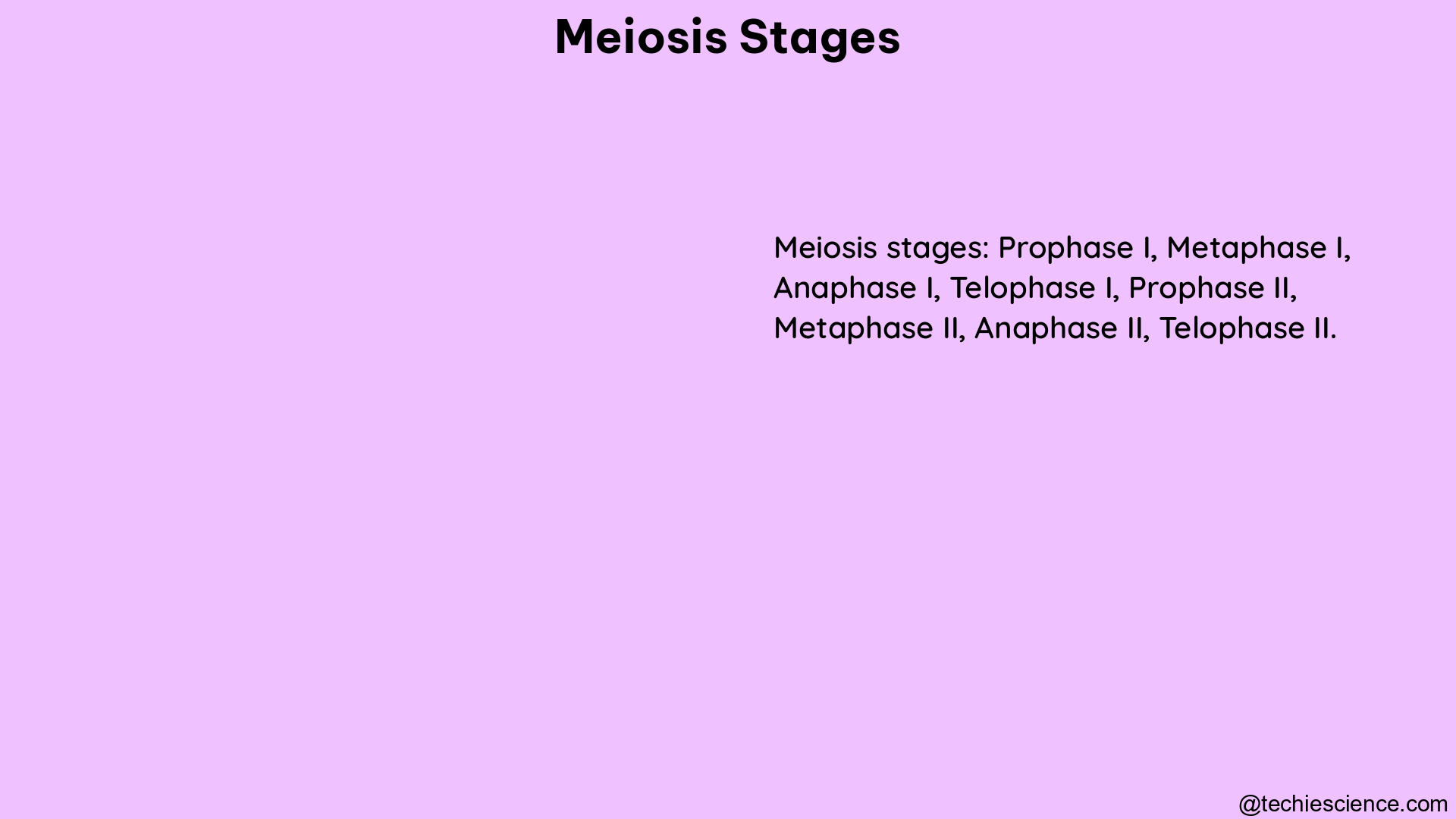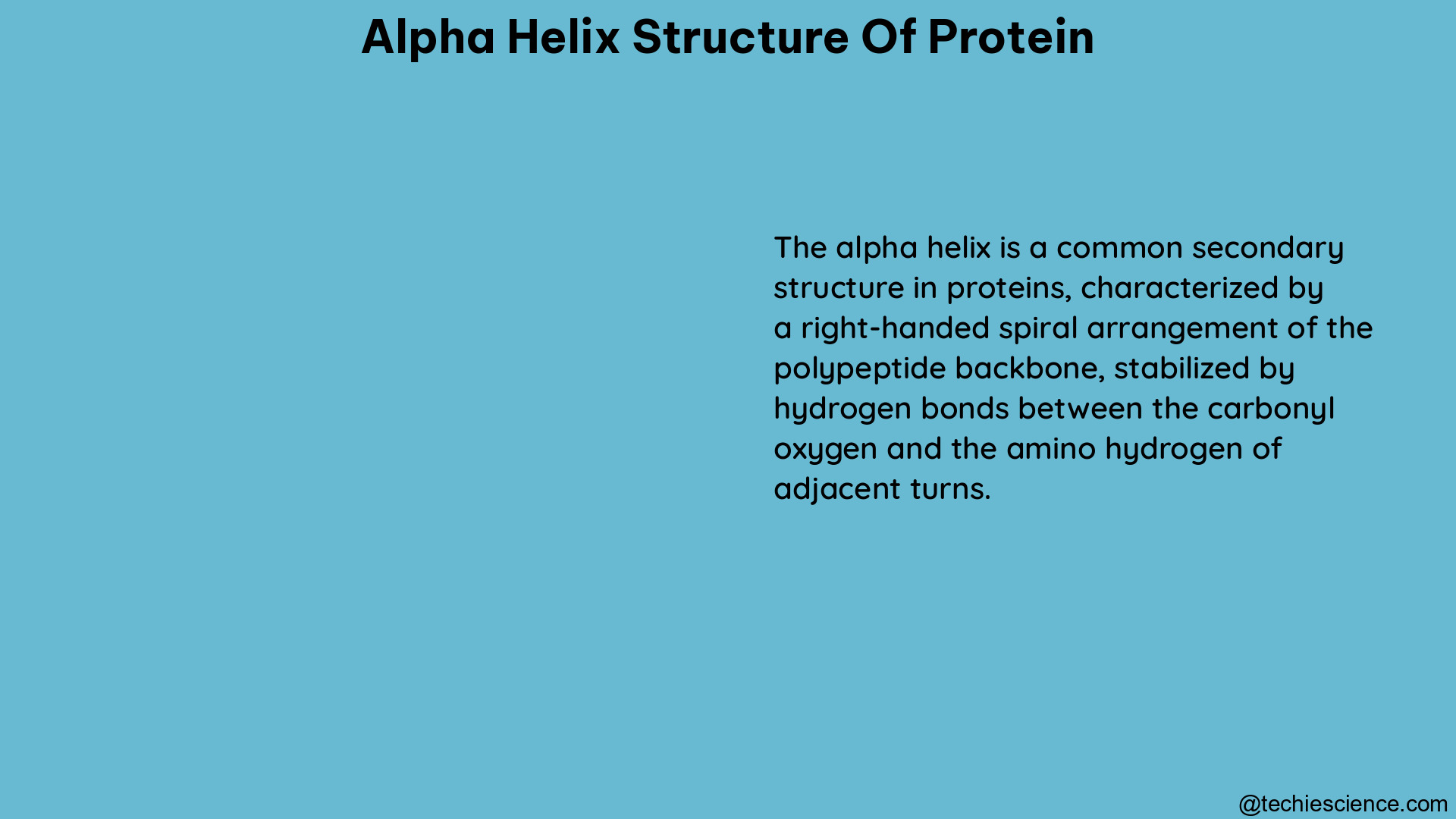Chromosomes are the fundamental units of heredity in living organisms, responsible for storing and transmitting genetic information. While it is well-established that chromosomes contain DNA, the presence of proteins within chromosomes is a crucial aspect of their structure and function. In this comprehensive blog post, we will delve into the intricate details of the protein composition of chromosomes, exploring the various types of proteins, their roles, and the insights gained from cutting-edge research.
The Protein Composition of Chromosomes
Chromosomes are not merely composed of DNA; they are complex structures that also contain a significant amount of protein. In fact, mitotic chromosomes, which are the chromosomes observed during cell division, are estimated to be composed of approximately 68% protein by mass. The most abundant type of protein found in chromosomes are the histones, which account for around 48% of the total protein content.
Histones: The Backbone of Chromosomal Structure
Histones are a family of small, basic proteins that play a crucial role in the packaging and organization of DNA within chromosomes. These proteins form octameric complexes, known as nucleosomes, around which DNA is tightly wrapped. This compact arrangement allows the long DNA molecules to fit inside the nucleus of a cell, while also providing a platform for various chromosomal functions.
There are five main types of histones found in eukaryotic cells: H1, H2A, H2B, H3, and H4. These histones work together to create the characteristic bead-on-a-string structure of chromatin, the complex of DNA and proteins that make up chromosomes. The specific modifications and interactions of these histones, such as acetylation, methylation, and phosphorylation, can influence gene expression, DNA repair, and other chromosomal processes.
Non-Histone Chromosomal Proteins
In addition to histones, chromosomes contain a variety of other proteins that play important structural and functional roles. These non-histone chromosomal proteins include:
- Structural Proteins:
- Topoisomerase IIα: This enzyme is responsible for untangling and disentangling DNA strands, ensuring the proper segregation of chromosomes during cell division.
-
Condensin I and II: These protein complexes are involved in the compaction and organization of chromosomes, allowing them to achieve the characteristic X-shaped structure during mitosis.
-
Functional Proteins:
- Kinetochore Proteins: These proteins assemble at the centromeric regions of chromosomes, forming the kinetochore structure that interacts with the mitotic spindle during cell division.
- Spindle Checkpoint Proteins: These proteins monitor the proper attachment of chromosomes to the mitotic spindle, ensuring the fidelity of chromosome segregation.
The specific composition and abundance of these non-histone chromosomal proteins can vary depending on the cell type, stage of the cell cycle, and the organism being studied.
Quantitative Proteomics: Unveiling the Chromosomal Proteome
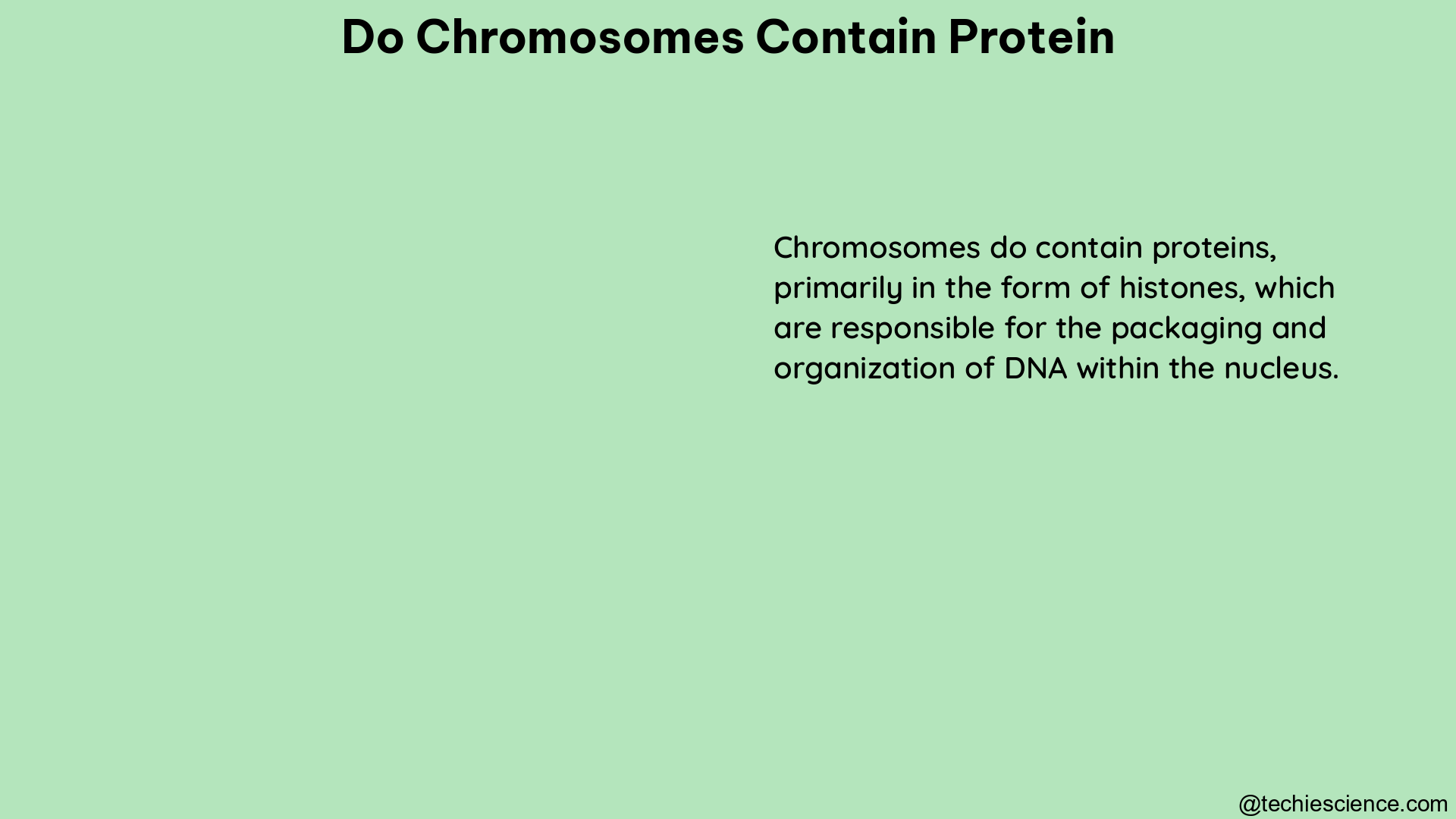
The advent of advanced proteomics techniques, such as mass spectrometry, has enabled researchers to delve deeper into the protein composition of chromosomes. Quantitative proteomics studies have identified and quantified hundreds of proteins associated with mitotic chromosomes, providing a comprehensive understanding of the chromosomal proteome.
These studies have revealed that the chromosomal proteome is highly complex, with proteins involved in diverse cellular processes, including:
-
Chromatin Remodeling: Proteins that regulate the structure and accessibility of chromatin, such as chromatin remodeling complexes and histone-modifying enzymes.
-
DNA Repair: Proteins that participate in the detection and repair of DNA damage, ensuring the integrity of the genetic material.
-
Cell Cycle Regulation: Proteins that control the progression of the cell cycle, coordinating the various stages of cell division.
-
Transcription and RNA Processing: Proteins involved in the regulation of gene expression and the processing of RNA molecules.
-
Chromosome Segregation: Proteins that ensure the accurate segregation of chromosomes during cell division, preventing aneuploidy and genomic instability.
By quantifying the abundance and dynamics of these chromosomal proteins, researchers have gained valuable insights into the complex regulatory networks and functional interdependencies that govern chromosomal structure and function.
The Importance of Chromosomal Proteins in Health and Disease
The proteins associated with chromosomes play crucial roles in maintaining genomic stability and ensuring the proper transmission of genetic information. Disruptions in the chromosomal proteome can have significant implications for human health and disease.
Chromosomal Proteins and Cancer
Alterations in the expression or function of chromosomal proteins have been linked to the development and progression of various types of cancer. For example, mutations in the gene encoding the structural protein topoisomerase IIα have been associated with resistance to certain chemotherapeutic drugs used in cancer treatment. Similarly, changes in the expression or localization of kinetochore proteins can contribute to chromosomal instability, a hallmark of many cancer cells.
Chromosomal Proteins and Genetic Disorders
Defects in chromosomal proteins can also underlie the development of genetic disorders. For instance, mutations in the genes encoding certain histone proteins have been linked to a range of developmental disorders, such as Floating-Harbor syndrome and Wiedemann-Steiner syndrome. These genetic conditions are characterized by various developmental abnormalities, highlighting the critical role of chromosomal proteins in normal growth and development.
Therapeutic Targeting of Chromosomal Proteins
Given the importance of chromosomal proteins in health and disease, they have emerged as potential targets for therapeutic interventions. Researchers are exploring the use of small-molecule inhibitors and targeted therapies that can modulate the activity or localization of specific chromosomal proteins, with the aim of treating various genetic disorders and cancer.
Conclusion
Chromosomes are not merely passive repositories of genetic information; they are dynamic, protein-rich structures that play a crucial role in the organization, regulation, and transmission of genetic material. The presence of a diverse array of proteins, including histones and non-histone chromosomal proteins, is essential for the proper functioning of chromosomes and the maintenance of genomic stability.
Through the application of advanced proteomics techniques, researchers have gained a deeper understanding of the chromosomal proteome, revealing the intricate networks of proteins that govern chromosomal structure and function. This knowledge has important implications for our understanding of human health and disease, paving the way for the development of novel therapeutic strategies targeting chromosomal proteins.
As our understanding of the chromosomal proteome continues to evolve, the field of chromosomal biology promises to yield exciting new insights and advancements that will shape the future of genetics, cell biology, and medicine.
Reference:
1. The Protein Composition of Mitotic Chromosomes
2. Histone Modifications and Their Biological Functions
3. Chromosomal Proteins and Cancer
4. Genetic Disorders Caused by Mutations in Histone Proteins
